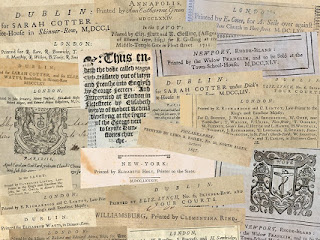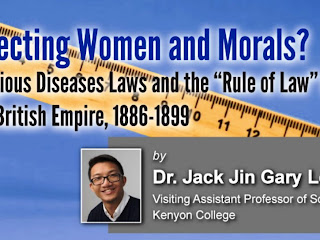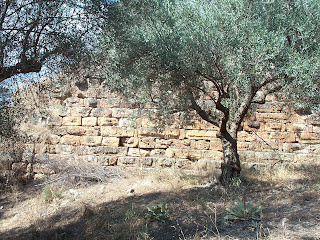
Some of the BSA students have papers listed on the
National Register of Archives (NRA). These entries include a link to the
Oxford Dictionary of National Biography. There is a facility for adding notes on each of the individuals. [For
short biographies]
Anderson, John George Clark (1870-1952). Christ Church, Oxford.
Atkinson, Thomas Dinham (1864-1948). Architectural Student.
Benson, Edward Frederic (1867-1940). King’s, Cambridge.
Bevan, Edwyn Robert (1870-1943). New, Oxford.
Bosanquet, Robert Carr (1871-1935). Trinity, Cambridge.
Calder, William Moir (1881-1960). Christ Church, Oxford.
Casson, Stanley (1889-1944). Senior Scholar of St John’s College, Oxford.
Cheesman, George Leonard (1884-1915). Fellow of New College, Oxford.
Crowfoot, John Winter (1873-1959). Brasenose, Oxford.
Dawkins, Richard Mcgillivray (1871-1955). Emmanuel, Cambridge.
Findlay, Adam Fyfe (1869-1962). United Presbyterian Church.
Frazer, James George (1854-1941). Fellow of Trinity, Cambridge.
Fyfe, David Theodore (1875-1945). Glasgow School of Art.
Gardner, Ernest Arthur (1862-1939). Gonville & Caius, Cambridge.
Guillemard, Francis Henry Hill (1852-1933). Gonville & Caius, Cambridge.
Halliday (Hoffmeister), William Reginald (1886-1966). New, Oxford.
Hawes, Charles Henry (1867-1943). Trinity, Cambridge.
Hogarth, David George (1862-1927). Magdalen, Oxford.
James, Montague Rhodes (1862-1936). King’s, Cambridge.
Jones, Henry Stuart (1867-1939). Fellow of Trinity, Oxford.
Lorimer, (Elizabeth) Hilda Lockhart (1873-1954). Classical tutor of Somerville College, Oxford.
Marshall, John Hubert (1876-1958). King’s, Cambridge.
Mayor, Robert John Grote (1869-1947). King’s, Cambridge.
Munro, John Arthur Ruskin (1864-1944). Fellow of Lincoln, Oxford.
Myres, John Linton (1869-1954). Fellow of Magdalen, Oxford.
Oppé, Adolph Paul (1878-1957). New, Oxford.
Ormerod, Henry Arderne (1886-1964). Queen’s, Oxford.
Peet, Thomas Eric (1882-1934). Queen’s, Oxford.
Pirie-Gordon, Charles Harry Clinton, of Buthlaw (1883-1969). Magdalen, Oxford.
Richards, George Chatterton (1867-1951). Fellow of Hertford, Oxford.
Robinson, Edward Stanley Gotch (1887-1976). Christ Church, Oxford.
Sellers, Eugénie (Mrs A. Arthur Strong) (1860-1943). Girton, Cambridge.
Sikes, Edward Ernest (1867-1940). St John’s, Cambridge.
Smith, Solomon Charles Kaines (1876-1958). Magdalene, Cambridge.
Thompson, Maurice Scott (1884-1971). Corpus Christi, Oxford.
Tillyard, Eustace Mandeville Wetenhall (1889-1962). Jesus, Cambridge.
Tod, Marcus Niebuhr (1878-1974). St John’s, Oxford.
Toynbee, Arnold Joseph (1889-1975). Balliol, Oxford.
Traquair, Ramsay (1874-1952). Architectural studentship.
Wace, Alan John Bayard (1879-1957). Pembroke, Cambridge.
Yorke, Vincent Wodehouse (1869-1957). King’s, Cambridge.

















.jpeg)











